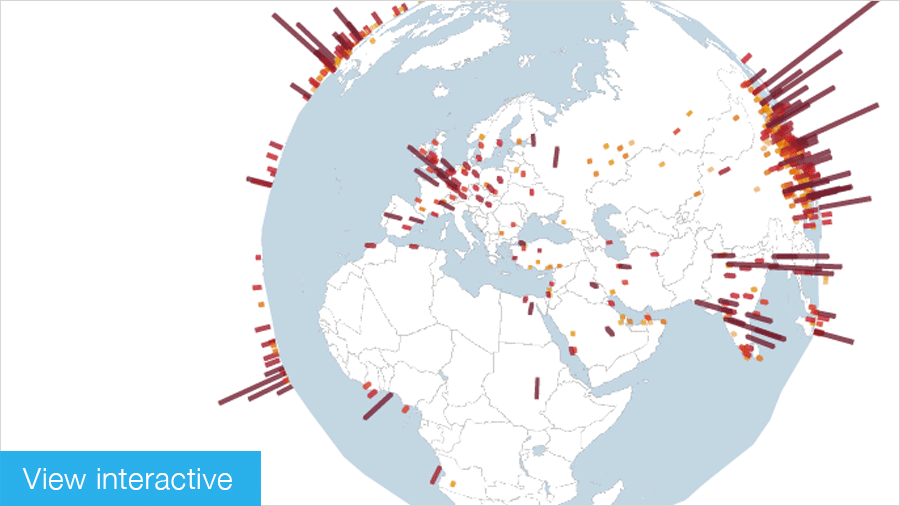
What other characteristics could have been included?.Connectivity: aviation passenger flow, download speed.Talent: percentage of population with higher education.Innovation: university research impact, patents per capita, venture capital per capita.Traded clusters: productivity, foreign direct investment, foreign direct investment per capita.Economic growth: GDP growth, GDP per capita growth, and GDP per worker growth.Economic characteristics: GDP, GDP per capita, and GDP per worker.Besides population, the selected characteristics are dominated by economic factors.What characteristics of cities did Global Cities evaluate?.What are some other ways an organization might compile a list of cities to evaluate?.The Brookings Institution considered the 123 cities with the largest economies.How did Global Cities compile world cities to evaluate?.Some of Morgan’s financial services include private banking and wealth management, investment banking, brokerage services, equities trading, underwriting, credit cards, risk management, and security services. include the Council on Foreign Relations, the Center for American Progress (a politically progressive think tank), and the Heritage Foundation (a politically conservative think tank). They often focus on issues surrounding social policy, economics, and culture. Think tanks are organizations that engage in deep research, analysis, and advocacy. Brookings is a think tank based in Washington, D.C.The Global Cities Initiative, a joint project of the Brookings Institution and JPMorgan Chase.


A new report has detailed seven types of cities.Cover of “Redefining Global Cities: The Seven Types of Global Metro Economies”, from the Global Cities Initiative Teachers, scroll down for a quick list of key resources in our Teachers Toolkit. See how well your students know their global cities by adapting our fun “Guess the Place” activity. A new report defines seven types of global cities, providing a lens through which to understand an evolving global economy.


 0 kommentar(er)
0 kommentar(er)
